
Kód: 05055627
view to a kill
Autor G.L. Dusseldorp
The sophistication of Neanderthal behavioural strategies have been the subject of debate from the moment of their recognition as a separate species of hominin in 1856. This book presents a study on Neanderthal foraging prowess. No ... celý popis
- Jazyk:
 Angličtina
Angličtina - Vazba: Brožovaná
- Počet stran: 200
Nakladatelství: Sidestone Press, 2008
- Více informací o knize

Mohlo by se vám také líbit
-

Teaching Ethics and Values in Public Administration Programs
1243 Kč -

Throwing The Emperor From His Horse
1822 Kč -
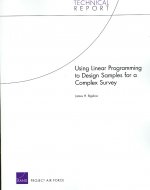
Using Linear Programming to Design Samples for a Complex Survey
561 Kč -

Einbindung sozialer Netzwerke in die Datenanreicherung und -gewinnung im CRM
1376 Kč -

Sonata, für 2 Gitarren
459 Kč -

Reviews of Physiology, Biochemistry and Pharmacology
3313 Kč
Dárkový poukaz: Radost zaručena
- Darujte poukaz v libovolné hodnotě a my se postaráme o zbytek.
- Poukaz se vztahuje na celou naši nabídku.
- Elektronický poukaz vytisknete z e-mailu a můžete ihned darovat.
- Platnost poukazu je 12 měsíců od data vystavení.
Více informací o knize view to a kill
Nákupem získáte 76 bodů
 Anotace knihy
Anotace knihy
The sophistication of Neanderthal behavioural strategies have been the subject of debate from the moment of their recognition as a separate species of hominin in 1856. This book presents a study on Neanderthal foraging prowess. Novel ethnographic and primatological insights, suggest that increasing dependence on high quality foods, such as meat, caused the brain to evolve to a large size and thus led to highly intelligent hominins. From this baseline, the author studies the Neanderthal archaeological record in order to gain insight into the knowledge-intensity of Neanderthal hunting behaviour. In this research, an optimal foraging perspective is applied to Pleistocene bone assemblages. According to this perspective, foraging success is an important factor in an individuals evolutionary fitness. Therefore foraging is organised as efficiently as possible. The prey species that were selected and hunted by Neanderthals are analysed. The author investigates economic considerations that influenced Neanderthal prey choice. These considerations are based on estimates of the population densities of the available prey species and on estimates of the relative difficulty of hunting those species. The results demonstrate that when Neanderthals operated within poor environments, their prey choice was constrained: they were not able to hunt species living in large herds. In these environments, solitary species were the preferred prey. It is striking that Neanderthals successfully focussed on the largest and most dangerous species in poor environments. However, in richer environments, these constraints were lifted and species living in herds were successfully exploited. In order to assess the accuracy of this approach, bone assemblages formed by cave hyenas are also analysed. The combined results of the Neanderthal and hyena analyses show that an optimal foraging perspective provides a powerful tool to increase our understanding of Pleistocene ecology. The niches of two social carnivores of similar size, which were seemingly similar, are successfully distinguished. This result lends extra credence to the conclusions regarding Neanderthal foraging strategies. This book contributes to the debate surrounding Neanderthal competence and ability. It combines an up-to-date review of current knowledge on Neanderthal biology and archaeology, with novel approaches to the archaeological record. It is thus an important contribution to the current knowledge of this enigmatic species.
 Parametry knihy
Parametry knihy
Zařazení knihy Knihy v angličtině Humanities Archaeology Archaeology by period / region
761 Kč
- Plný název: view to a kill
- Autor: G.L. Dusseldorp
- Jazyk:
 Angličtina
Angličtina - Vazba: Brožovaná
- Počet stran: 200
- EAN: 9789088900204
- ID: 05055627
- Nakladatelství: Sidestone Press
- Hmotnost: 598 g
- Rozměry: 207 × 292 × 12 mm
- Datum vydání: 01. December 2008
Oblíbené z jiného soudku
-
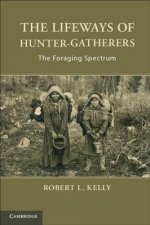
Lifeways of Hunter-Gatherers
860 Kč -

Lost Technologies of Ancient Egypt
510 Kč -

Magicians of the Gods
275 Kč -
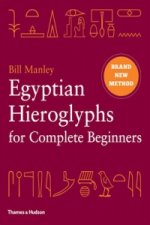
Egyptian Hieroglyphs for Complete Beginners
357 Kč -
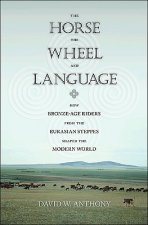
Horse, the Wheel, and Language
827 Kč -

War before Civilization
587 Kč -

Petra
222 Kč -

Cat in Ancient Egypt
303 Kč -

Complete Pompeii
543 Kč -
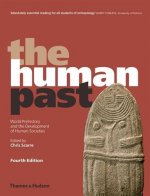
Human Past
1560 Kč -

Scenes from Prehistoric Life
684 Kč -

Across Atlantic Ice
1072 Kč -

Book of Enoch
812 Kč -

Creating the Human Past
1009 Kč -
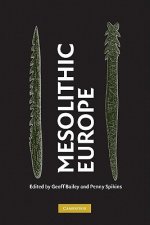
Mesolithic Europe
3659 Kč -
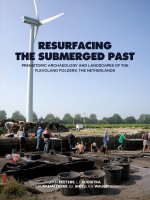
Resurfacing the Submerged Past
1378 Kč -

Lindow Man
385 Kč -
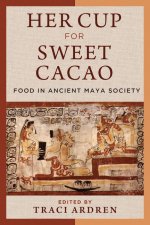
Her Cup for Sweet Cacao
1668 Kč -

American Beginnings
2119 Kč -
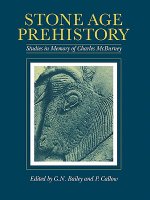
Stone Age Prehistory
1257 Kč -
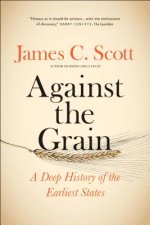
Against the Grain
473 Kč -

Dress Accessories, c. 1150- c. 1450
898 Kč -
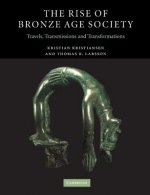
Rise of Bronze Age Society
2032 Kč -
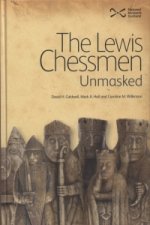
Lewis Chessmen: Unmasked
247 Kč -
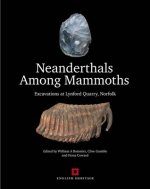
Neanderthals Among Mammoths
4995 Kč -

Biblical Archaeology: A Very Short Introduction
250 Kč -
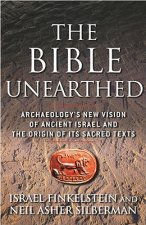
Bible Unearthed
428 Kč -

Seismosaurus
2763 Kč -
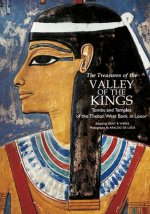
Treasures of the Valley of the Kings
725 Kč -

Divine Creatures
606 Kč -

Tutankhamun
811 Kč -

Hieroglyphics
739 Kč -
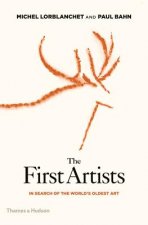
First Artists
543 Kč -
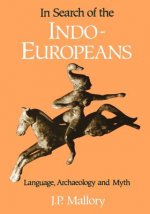
In Search of the Indo-Europeans
751 Kč -

Performance Power and the Art of the Aegean Bronze Age
1481 Kč -

Tasting the Past
674 Kč -

Classical Archaeology 2e
1079 Kč -

Upper Pleistocene Prehistory of Western Eurasia
2126 Kč -
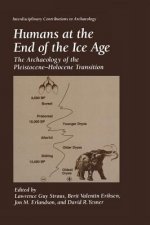
Humans at the End of the Ice Age
5094 Kč -

Medieval European Coinage: Volume 14, South Italy, Sicily, Sardinia
2340 Kč -
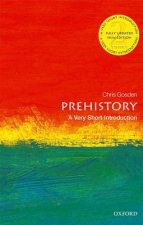
Prehistory: A Very Short Introduction
250 Kč -
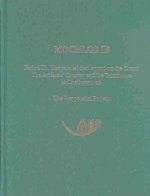
Mochlos IB
3082 Kč -

Salt in Prehistoric Europe
885 Kč -
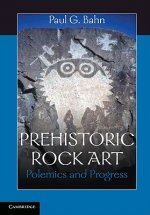
Prehistoric Rock Art
854 Kč -

Medieval Household
1376 Kč -

Complete Cities of Ancient Egypt
764 Kč -
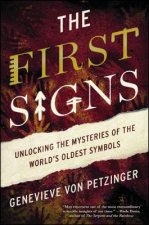
First Signs
374 Kč -
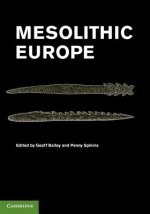
Mesolithic Europe
1779 Kč -
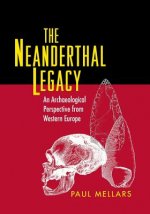
Neanderthal Legacy
1430 Kč
Osobní odběr Praha, Brno a 12903 dalších
Copyright ©2008-24 nejlevnejsi-knihy.cz Všechna práva vyhrazenaSoukromíCookies



 Vrácení do měsíce
Vrácení do měsíce 571 999 099 (8-15.30h)
571 999 099 (8-15.30h)